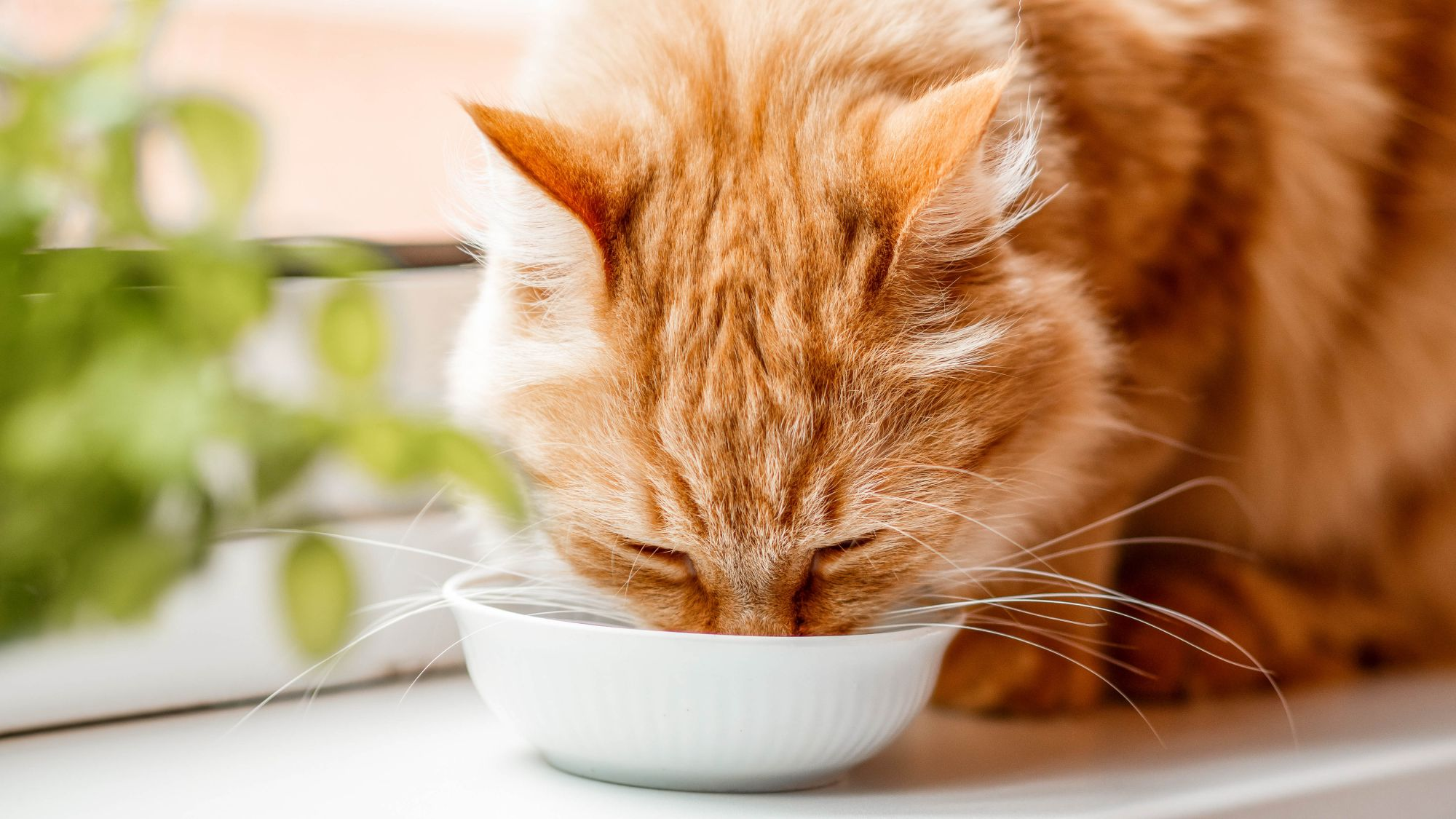The signs of chronic kidney disease in cats
Article

It’s estimated that one in three cats over the age of ten is affected by chronic kidney disease (CKD)1, a condition that causes a progressive deterioration in kidney function.
Unfortunately, there is no cure for CKD, but early diagnosis and proper management can make a big difference to a cat’s quality of life and life expectancy2.
What is chronic kidney disease in cats?
CKD is a persistent deterioration of the kidneys caused by a loss of functioning nephrons.
Nephrons inside the kidneys filter blood, recycling beneficial substances like amino acids and minerals back into the bloodstream while eliminating toxic waste products into the urine.
While the cause of nephron loss is rarely identified, the outcome is a gradual loss of kidney function and a build-up of toxins and waste within the bloodstream.
You can learn more about CKD in our article: Chronic Kidney Disease in Cats.
How can I spot the signs of kidney disease in cats?
Because the kidneys have a large capacity to filter blood, the physical signs of CKD only appear once approximately 75% of kidney function has been lost3.
Signs to look out for include:
- Urinating frequently
- Drinking more water
- Decreased appetite
- Losing weight
- Lethargy
- Weakness
- Vomiting
- Diarrhea
As you can see, the associated signs of CKD vary greatly. The cat’s individual physiology, the rate of kidney deterioration, and its impact on other bodily functions will all affect the physical signs you see.
What causes these signs?
As kidney tissue is damaged, a cat loses its ability to concentrate urine. To compensate, a cat will drink more water which results in larger and more frequent urination. If you notice your cat urinating a lot and drinking water excessively, it could be a sign of CKD. Increases in urination and water intake can be signs of other health problems as well, so it's important to discuss this with your veterinarian.
A cat suffering from CKD is likely to experience nausea as waste products and acids that are normally removed or regulated by the kidneys begin to accumulate in the bloodstream. This build-up can lead to weight loss, weakness, decreased appetite and lethargy.
One of the effects of kidney disease is that it causes the kidney to become less efficient, and instead of recycling useful minerals and amino acids back into the bloodstream, it will eliminate them into urine instead. These losses can impact other organs and lead to noticeable changes in your cat's body and muscle condition.
IRIS (International Renal Interest Society) has established internationally recognized guidelines on the diagnosis and management of renal disease. To help veterinarians provide appropriate care, CKD is classified into 4 IRIS stages.
During the final stages, IRIS Stage 3 and 4, high levels of waste products in the bloodstream can cause vomiting and diarrhea. Other health issues may also arise, such as anemia, high blood pressure and bone disease caused by alterations in calcium and phosphorus levels.

What should I do if I spot kidney disease signs?
Contact your veterinarian immediately. Appropriate management can make a big difference to a cat suffering from CKD and can help improve quality of life.Management may involve changing to a renal diet that restricts the amount of phosphorus and protein your cat consumes. You can learn more about renal diets in Your Guide to Renal Food for Cats With Kidney Disease.

Are there other ways of identifying CKD?
The physical signs of CKD commonly do not appear until a significant amount of damage has occurred. While it’s important to know the signs, it’s even more essential that you take your cat to the veterinarian for regular check-ups – especially if they’re a senior cat. A cat can be classified as a senior as early as 10 years old.Your veterinarian can check the SDMA (Symmetric Dimethyl Arginine) biomarkers in your cat’s blood to diagnose CKD when as little as 25% of kidney function has been lost.3
More recently, veterinarians have been using artificial intelligence and machine learning to forecast whether a cat will develop CKD. RenalTech™ is offered by Antech Diagnostics and using the results of routine bloodwork and urinalysis, can predict the likelihood of CKD up to 2 years prior to a diagnosis with 95% accuracy.4
With this knowledge, a veterinarian can create a personalized care plan to help your cat stay healthy for as long as possible. If you’d like to learn more about RenalTech(TM), click here.
Chronic kidney disease is a serious health condition that affects a significant number of older cats. While it is irreversible, many cats with CKD still enjoy a good quality of life, especially if they receive an early diagnosis. If you have any concerns or questions about CKD, speak to your veterinarian.
References:
1 Polzin DJ. Chronic kidney disease. In Bartges J, Polzin DJ, editors. Nephrology and urology of small animals. Ames (IA): Wiley- Blackwell, 2011: 433-471.2 Boyd LM, Langston C, Thompson K, Zivin K, Imanishi M. Survival in cats with naturally occurring chronic kidney disease (2000-2002). J Vet Intern Med. 2008 Sep-Oct;22(5):1111-7.
3 Hall JA, Yerramilli M, Obare E, Yerramilli M, Jewell DE. Comparison of serum concentrations of symmetric dimethylarginine and creatinine as kidney function biomarkers in cats with chronic kidney disease. J Vet Intern Med. 2014;28(6):1676–1683.
4 Bradley R, Tagkopoulos I, Kim M, Kokkinos Y, Panagiotakos T, Kennedy J, De Meyer G, Watson P, Elliott J. Predicting early risk of chronic kidney disease in cats using routine clinical laboratory tests and machine learning. J Vet Intern Med. 2019;33(6):2644-2656.
Related Articles
Like & share this page